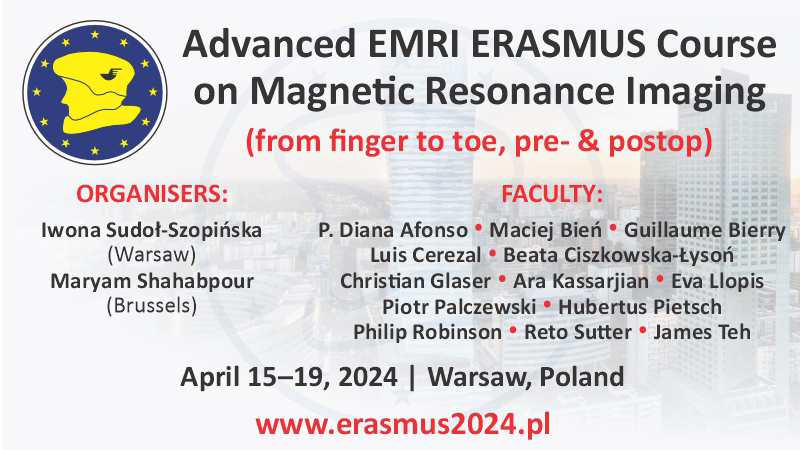Diagnostic accuracy of ultrasonography in adults with obstructive jaundice
Olufunke O. Fadahunsi1, Bolanle O. Ibitoye1, Adewale O. Adisa2, Olusegun I. Alatise2, Victor A. Adetiloye1, Bukunmi Michael Idowu3
 Affiliation and address for correspondence
Affiliation and address for correspondenceAim of the study: To determine the sensitivity and specificity of ultrasound for detecting the causes of obstructive jaundice. Materials and methods: Eighty adult patients with clinical and biochemical features of obstructive jaundice were enrolled in this study. The causes, degrees and levels of ductal obstruction were evaluated sonographically via the transabdominal route. The ultrasonographic diagnoses were correlated with surgical findings and histopathological diagnoses. Results: The age range was 16 to 82 years, with a mean of 51.06 ± 14.95 years. The peak age group was the sixth decade with 23 (28.8%) patients. There were nearly twice as many females as males, with 28 (35%) males and 52 (65%) females, giving a male to female ratio of 1:1.9. On ultrasound, pancreatic carcinoma (28.0%) and choledocholithiasis (21.3%) were the most common malignant and benign causes of obstructive jaundice, respectively. Hepatocellular carcinoma (1.3%) was the least common etiology. There was a strong correlation between the definitive diagnosis and the sonographic level of obstruction. The overall sensitivity of ultrasound for detecting the cause of obstruction was 76.6%, while the specificity was 98%. Conclusion: Ultrasonography is a reliable imaging modality for diagnosing the cause and level of obstruction in surgical jaundice. The sensitivity is adequate to aid the early institution of surgical intervention, thereby preventing morbidity and mortality that may accompany late interventions in our setting.






